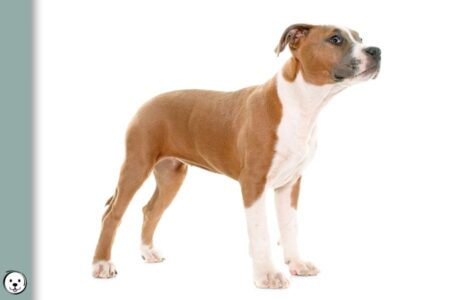Amber eyes in dogs often occur in shades from coppery orange to caramel and honey, or yellow to gold. Amber eyes in dogs often start out as a greenish-yellow and get more intense in adulthood.
What Are Amber Dog Eyes?
Has your dog amber eyes? Or are they light brown eyes?
You be the judge of that!
There is really no precise definition of dog eye colors.
So, what do we call amber eyes in dogs?
Let’s see…
According to Merriam-Webster, amber is a fossil tree resin with a yellowish or brownish finish. The corresponding color is variable, but on average is a dark orange-yellow. The Encyclopaedia Britannica says it can have “all shades of yellow with nuances of orange, brown, and, rarely, red“.
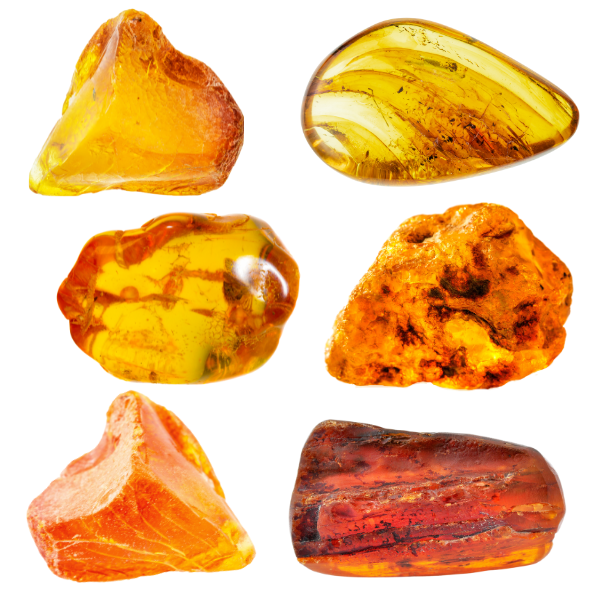
I’d say amber includes about any orangey shade that falls anywhere between light brown and yellow.
With hazel and light brown looking a little darker and more dullish brown compared to amber. If I had to pinpoint one thing that is special about amber it would be its yellow to coppery hue.
But in many cases, it can be tricky to determine the difference between amber eyes vs. brown eyes on the lighter end of the spectrum. Actually, there is not even a universal answer to this question.
This is because there is some overlap between light brown and shades of amber and its many synonyms such as yellow, orange, russet, copper, caramel, ochre, honey, or golden.
As a result, amber-colored eyes in dogs span a wide range of colors.


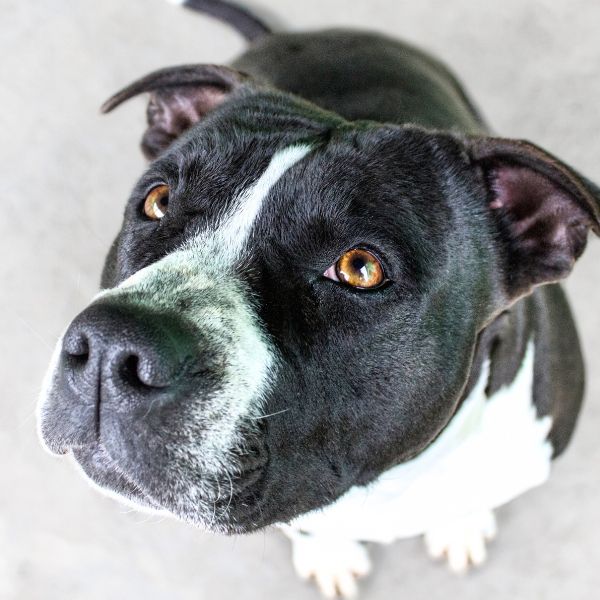

What Causes Amber Eyes In Dogs?
If you look closely, you will notice that many (but not all) dog breeds that officially come with amber eyes have one common characteristic: Most dogs with amber eyes have eumelanin that got modified from black to liver, blue or lilac.


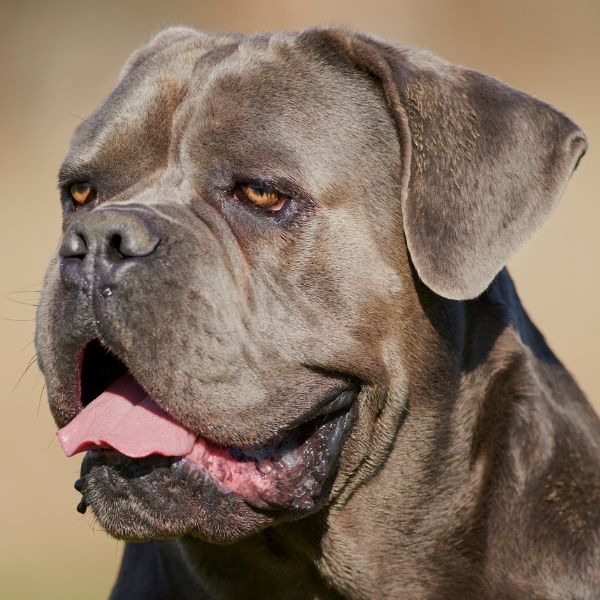
And that is to be expected.
All dog’s eyes get their color from eumelanin. While dogs with black eumelanin (B/- D/-) often have dark brown to brown eyes, dogs with liver eumelanin (b/b D/-) tend to have lighter eyes.
Color dilution can further lighten the pigment from black to blue (B/- d/d) or from liver to lilac (b/b d/d). And this, of course, also affects eye colors in dogs with diluted pigment.
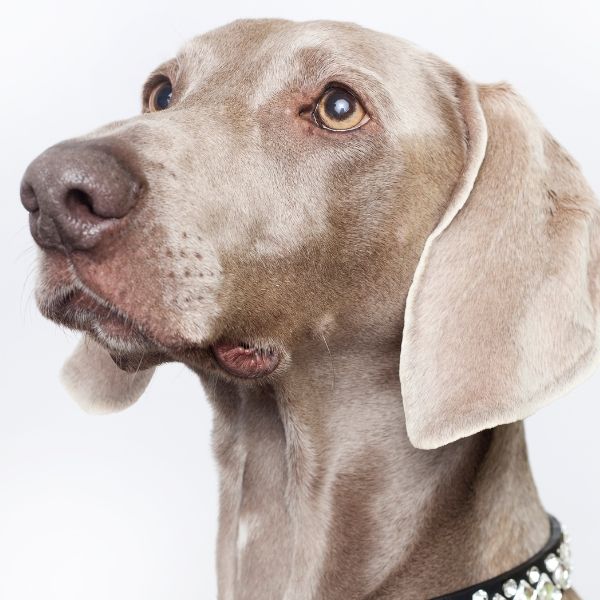
However, pigment color is just one factor that determines eye color in dogs. The amount of pigment in the iris is equally important and creates lighter or darker shades of each color.
On average, black dogs are less likely to have amber eyes. Instead, this eye color is all the more common in dogs with liver pigment and occurs frequently in dogs with blue or lilac eumelanin.
Puppies that end up with amber eyes often have blue or blue-green eyes.



Overall, this is quite normal for all dogs with liver or diluted pigment. When more pigment comes in, the eyes turn from a light golden to a vivid honey color.
Finally, eyes can darken into a dark yellow or coppery amber color in adulthood.
Dog Breeds With Amber Eyes
For lack of proper definitions, each breed has its own ideal eye colors and labels them as it sees fit. Many breed standards require brown eyes, but some tolerate or even encourage lighter colors.
And the use of color terms is (once again) not consistent from breed to breed.
These are some of the many dog breeds that can have amber eyes:
- American Hairless Terrier
- Anatolian Shepherd Dog
- Australian Shepherd
- Azawakh
- Bedlington Terrier
- Brittany
- Catalan Sheepdog
- Chesapeake Bay Retriever
- Cirneco dell’Etna
- Clumber Spaniel
- Curly-Coated Retriever
- Dalmatian
- Estrela Mountain Dog
- Great Pyrenees
- Ibizan Hound
- Irish Water Spaniel
- Neapolitan Mastiff
- Nova Scotia Duck Tolling Retriever
- Pharaoh Hound
- Poodle
- Rhodesian Ridgeback
- Shar Pei
- Sloughi
- Slovakian Wirehaired Pointer
- Weimaraner
- Xolo
Learn More
Links
[1] Dog Genetics: Eye Colours.
[2] National Purebred Dog Day: Amber Eyes.

Hi! I’m Steffi. I am a biologist and a big time dog nerd. You are curious about coat color genetics? You’ve come to the right place! Read more.




